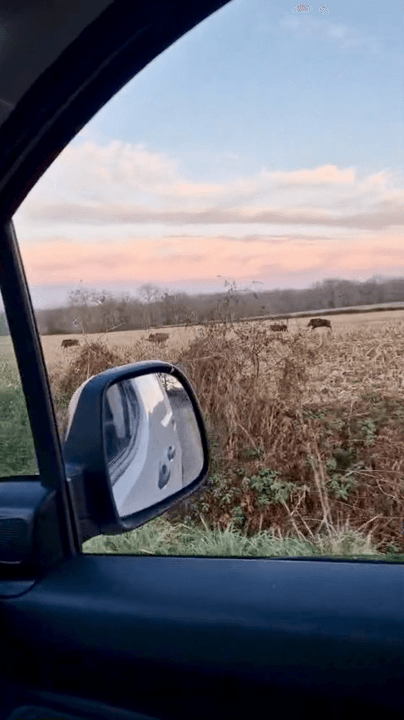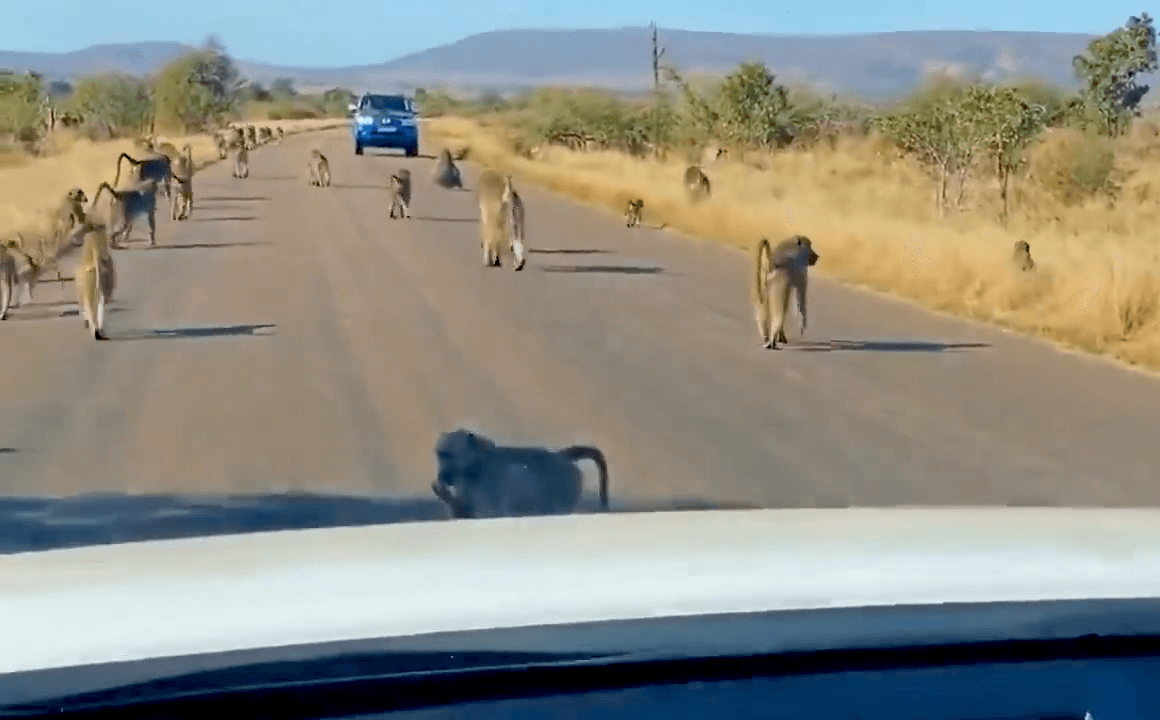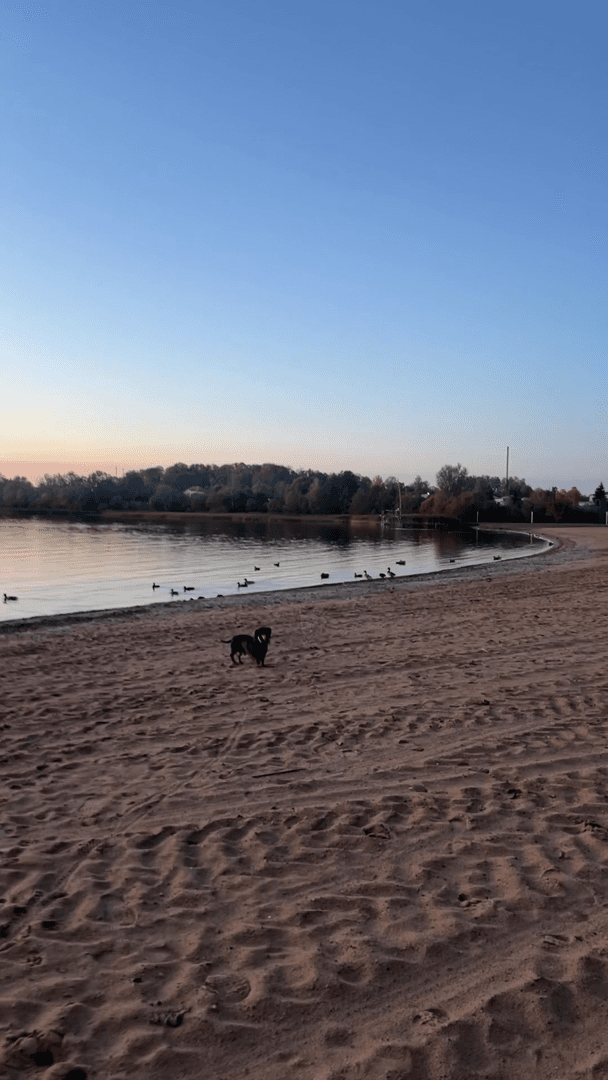
Pheasants Forever - In 1982, a group of pheasant hunters saw the connection between upland habitat loss and declining pheasant populations. An organization dedicated to wildlife habitat conservation was needed, and Pheasants Forever was formed. Then in 2005, as quail numbers continued to decline nationwide, passionate conservationists across the country stepped up once again to found Quail Forever. Together, Pheasants Forever and Quail Forever’s mission work quickly garnered it a reputation as “The Habitat Organization,” a tagline the nonprofit conservation group uses proudly to this day. Pheasants Forever and Quail Forever’s mission is to conserve pheasants, quail, and other wildlife through habitat improvements, public access, education and conservation advocacy. PHEASANTS FOREVER, INC. 1783 Buerkle Circle St. Paul, MN 55110 Phone: (877)-773-2070 Media Inquiries Jared Wiklund 651.209.4953 jwiklund@PheasantsForever.org Website: https://www.pheasantsforever.org/
Post: 10 April 14:33
















































